
In this Feb. 26, 2015 photo, solar panels that are part of the Wright-Hennepin Cooperative Electric Association’s community gardens are shown in Rockford, Minn. Community solar gardens are a new concept in renewable energy, allowing customers who cannot put up solar panels to buy into the green energy boom anyway.
Credit: AP Photo/Jim Mone
Carbon capture is an idea that’s been around for a while, but it’s always seemed like a bit of an afterthought, a way to slightly slow the pace at which we’re pumping carbon dioxide into the atmosphere. But what if we could do at a scale that would suck all the carbon we’ve emitted since the industrial revolution right out out of the atmosphere, and turn it into something incredibly […]


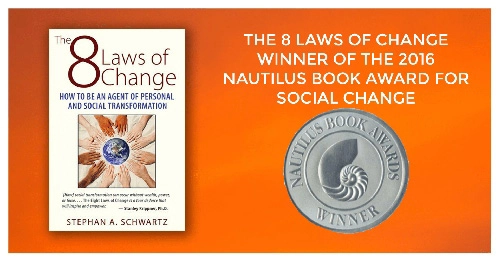
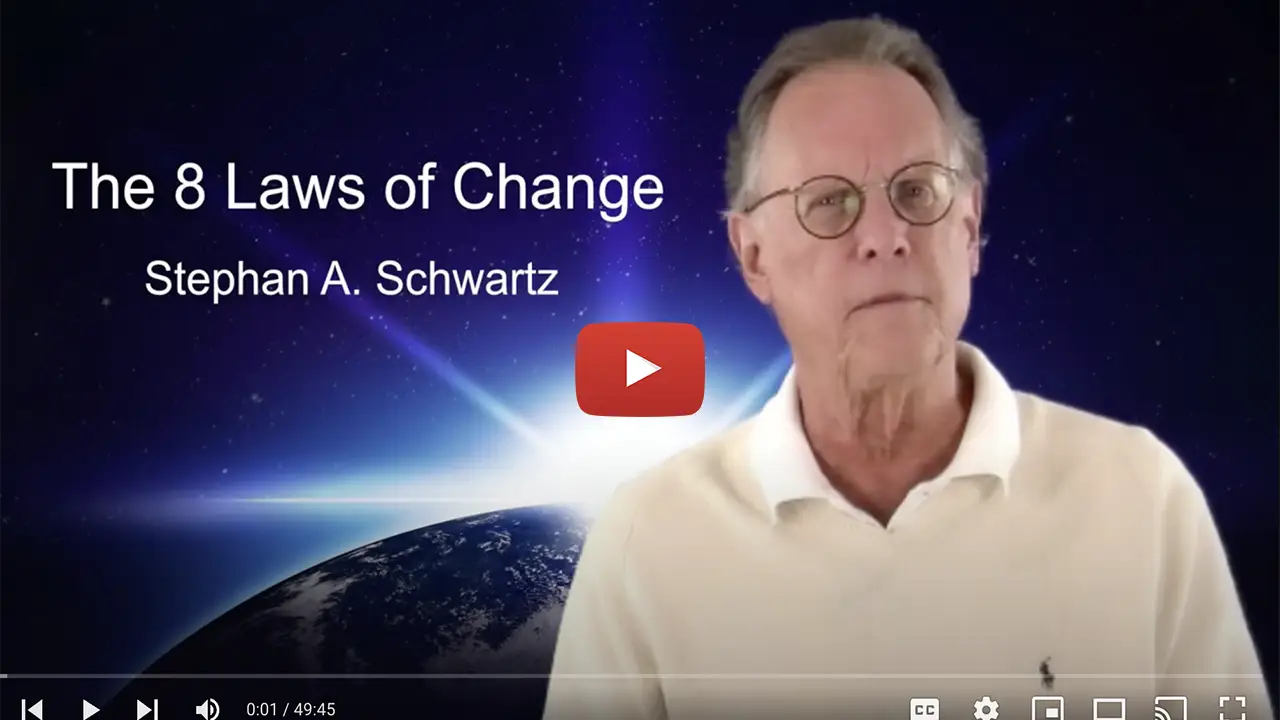
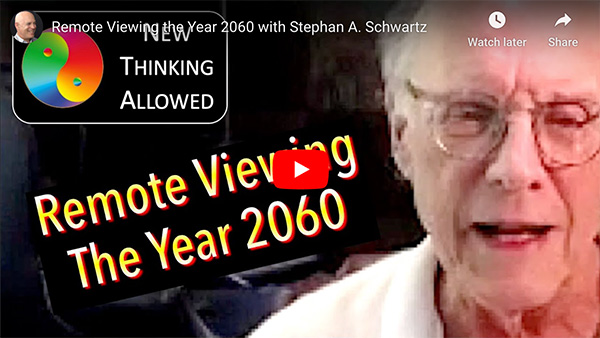

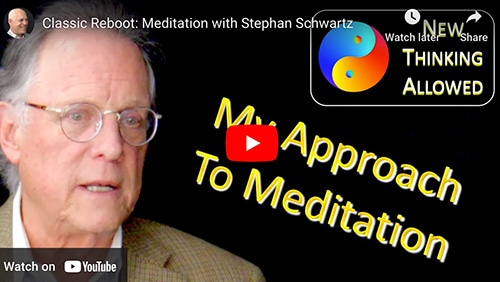
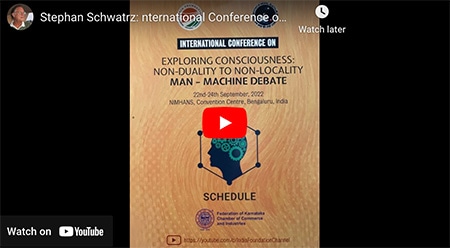
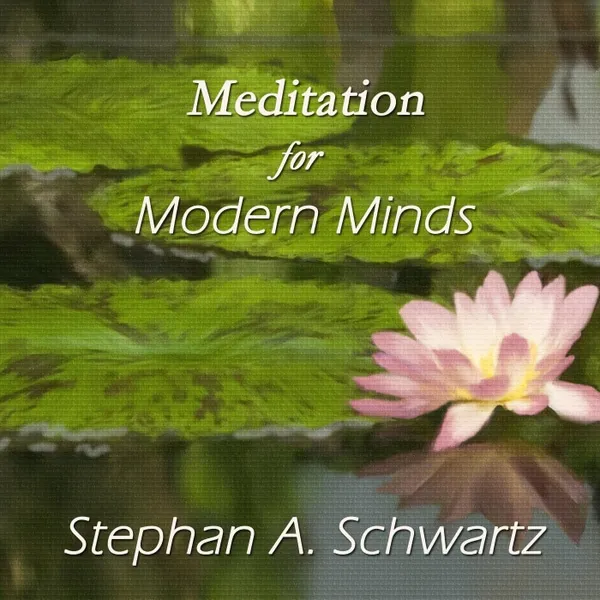

Sounds hopeful, but the U.S. will be the last country on the planet to adopt something like this through government policy. As a school board member in a community I lived in once said “I don’t know what it is, but I’m agin it!” Typical American response.